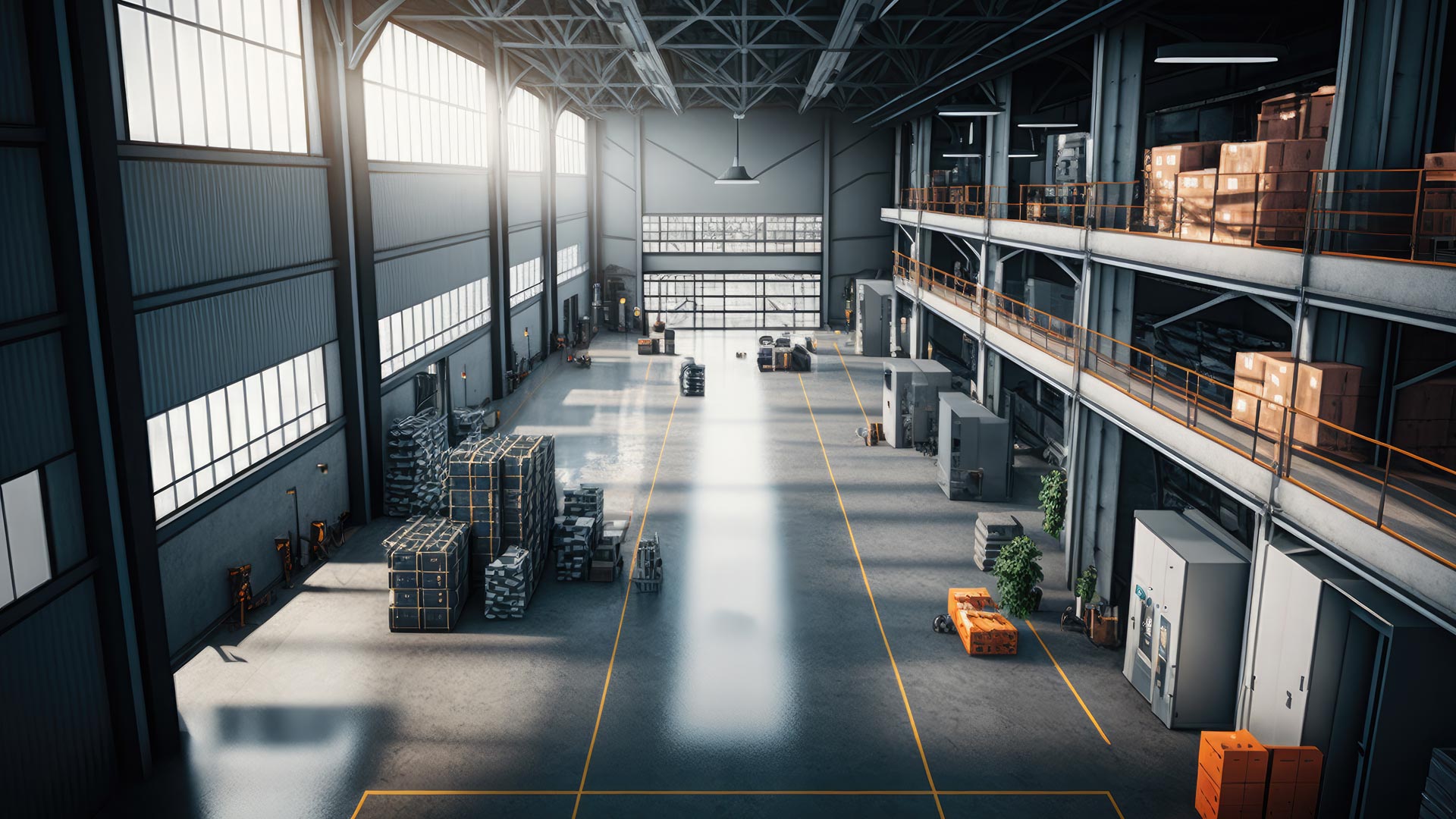
Integration of 3D Printing into the Supply Chain 4.0
The advent of 3D printing has opened new horizons in the world of manufacturing and distribution, promising to revolutionize supply chains as we know them today. The integration of this technology into Supply Chain 4.0 is not just a possibility; it is a reality that is already taking shape, radically transforming traditional methods of production and management of the flow of materials and products.
Supply Chain and 3D Printing
Integration of 3D Printing into the Supply Chain
3D printing, or additive manufacturing, is redefining the concept of the supply chain. This technology allows for on-demand and on-site production, significantly reducing the times and costs associated with production and logistics. Enabling supply chains through 3D printing promises to streamline processes and reduce waste, while at the same time offering greater product customization.
3D Printing in Modern Supply Chain Processes
3D printing fits into the processes of the modern supply chain, allowing for leaner and more responsive production. Companies can reduce inventory, minimizing capital tied up in storage and responding more quickly to market needs. Additionally, 3D printing fosters innovation through rapid prototyping, accelerating the development of new products.
3D Printing in Supply Chain Management
The operational management of supply chains is undergoing a real revolution thanks to the introduction of 3D printing. This innovation is not just about new hardware technology, but represents a fundamental change in the way companies think and manage the entire process of production and distribution.
Operational Management with 3D Printing
With 3D printing, companies are transforming their workflows and production processes, achieving:
1. Reduced dependance on external suppliers: The ability to produce parts in-house reduces the need for large inventories and dependence on extended and complex supply chains.
2. Simplification of the supply chain: 3D printing allows condensing multiple stages of production into a single step, simplifying the supply chain and reducing production times.
3. Reduction of risks: Shorter waiting times and on-demand production reduce the risks associated with delivery delays and quality issues of materials.
4. Digital warehouse: Instead of maintaining vast physical inventories, companies can now rely on digital warehouses, where 3D printing files can be stored and printed only when needed, reducing storage costs and minimizing material waste.
5. Sustainability: Less material waste and the ability to produce parts only when necessary, contribute to a more sustainable supply chain.
To learn more about how to effectively plan and manage your supply chain in the digital age, download our exclusive white paper "Planning and Managing the Supply Chain: Here's How".
Practical Examples and Case Studies
The integration of 3D printing offers numerous success stories, where companies from different sectors have been able to reduce costs and improve efficiency.
• Aerospace Industry: In this sector, 3D printing is used to produce lightweight and durable components, reducing production times and costs. This has allowed for a reduction in the need for large spare parts inventories, moving to a more flexible and on-demand production system.
• Automotive Sector: Automotive companies are adopting 3D printing to create prototypes and final parts, speeding up development cycles and reducing the need for large inventories. The ability to print components on demand translates into a leaner and less expensive supply chain.
• Energy: In the energy sector, 3D printing is employed to create components for turbines and other critical devices. This allows for quick replacement and maintenance, as well as the possibility to optimize design for greater energy efficiency, while reducing the need to maintain a large physical inventory and maintenance operations.
• Railway Sector: In the railway industry, 3D printing offers the possibility to produce custom spare parts, improving maintenance and reducing train downtime. Adopting a digital warehouse allows for more flexible inventory management and reduces costs associated with storing large quantities of parts.
The transition towards a more digital and on-demand approach represents a significant evolution in the way companies manage production and inventory, indicating a clear direction towards future innovations in supply chain management.
3D Printing and the Future of Supply Chains
Predictions and Future Developments
In the future of supply chains, 3D printing will become crucial, leading a shift towards more vertically integrated models and hybrid supply chains, combining additive manufacturing and traditional methods to maximize efficiency and responsiveness. The increasing adoption of digital warehouses and the localization of production through 3D printing will help reduce costs, improve efficiency, and increase the resilience of supply chains. Furthermore, continuous innovation in materials and 3D printing processes will open new application possibilities. These changes will also lead to a transformation of professional roles, with the emergence of new skills required to manage the challenges and opportunities presented by 3D printing. Companies will therefore need to invest in training their employees to adapt to this evolving landscape.
If you wish to further explore how 3D printing is revolutionizing modern industries and its specific impact within Industry 4.0, we invite you to read our in-depth analysis, "How 3D printing will drive the Supply Chain".
Conclusion
The future of supply chains will be profoundly influenced by the adoption of 3D printing, which promises to make supply chains more agile, efficient, and personalized. Companies that can anticipate and adapt to these changes will be better equipped to face the challenges of the future, leveraging the opportunities offered by additive manufacturing.
